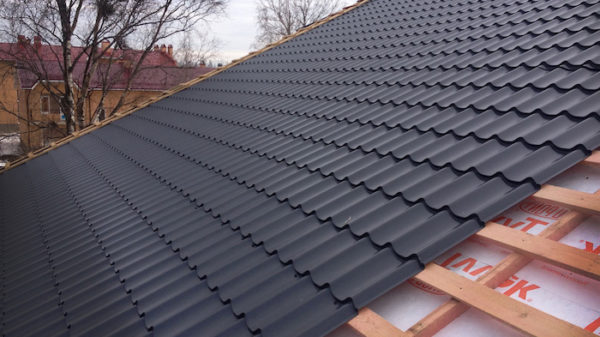Direct lightning strikes have always been dangerous for structures and buildings for various purposes.. Long-term observations have shown that in most cases the cause of fires and further destruction was thunderstorm discharges, resulting in lightning discharges. In this regard, work was carried out to create modern elements of building structures, which would provide reliable lightning protection..
Today, to ensure the fulfillment of this task, lightning rods of various designs are usually used. This is due to the fact that atmospheric discharges most often selectively affect metal elements that perform the function of grounding and rise above the earth’s surface..
Structurally, a lightning rod: is a product consisting of a lightning rod, a supporting structure, a down conductor, and a ground electrode. Today lightning rods are of various types — mesh, rod, antenna, catenary wire. In addition, to ensure comprehensive protection of buildings, in some cases, combined type lightning rods are used, such as catenary wire.
Rod-type lightning bends are widely used, since they are easy to manufacture and provide high reliability during operation. In terms of their characteristics, such structures are not inferior to rod-type lightning taps, although they are usually installed on buildings of great length..
Structures with a large number of storeys and a metal roof do not need lightning rods to be placed on them, since their function is performed by the metal ceiling itself. In this case, a protective mesh with a certain mesh size can be used as a lightning outlet..
To provide protection against atmospheric electrical discharges, it is also necessary to provide protection against electrostatic induction. For this, all the available metal equipment and equipment located in the protected structure is switched with a special earthing switch for protection against electrostatic induction. In this case, it is impossible to carry out a serial connection in one circuit of the grounded elements. In this case, it is allowed to connect metal communications located underground..




